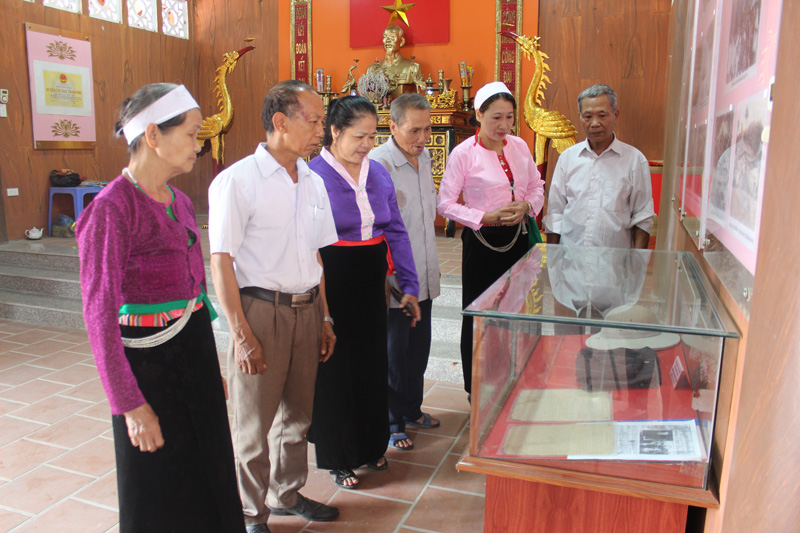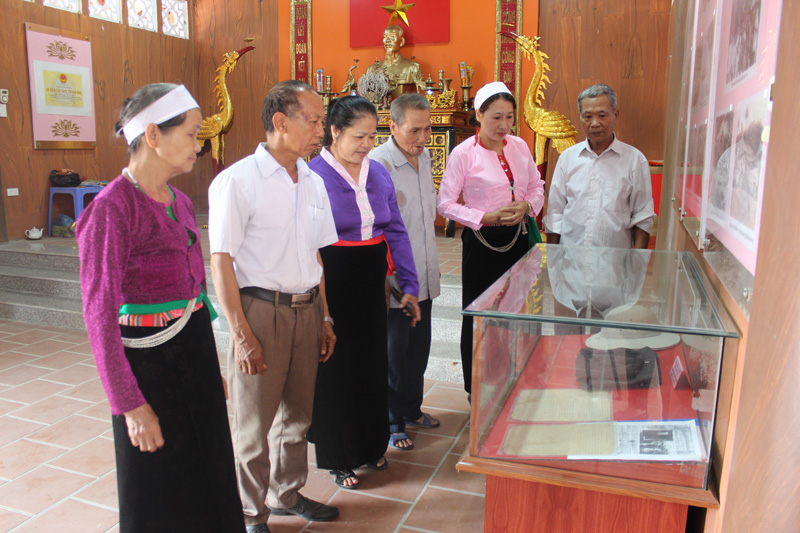



The relics where Uncle Ho paid a visit to Hoa Binh Socialist Labor Youth
School
In recent years, Hoa Binh City tourism has changed dramatically. There have
been 8 recognized historical and cultural relics in Hoa Binh. They include 2
nationally recognized historical monuments, 6 provincially-recognized
historical relics.
Along with attracting investment, the city has paid attention to investing
in the construction of tourism infrastructure in the past 3 years (2015-2018).
At the same time, the city also creates the conditions for investors to exploit
the potential of building tourist sites and spots, develop various types of
service tourism, make and develop specific products to attract tourists market.
There are 120 accommodation establishments, including 14 one-star to three-star
hotels and 106 guesthouses with a total of 1,502 rooms in the city. In the past
year, Hoa Lac - Hoa Binh freeway was in use contributing to promoting the
socio-economic development of the province and the city, including tourism development.
The city has also had the construction plan to build tourist routes and
spots in the city and inter-regions including the tourist route of Hoa Binh
hydropower plant - Hoa Binh lake, Thac Bo temple - Thac Bo cave; Hoa Binh
reservoir - ethnic cultural villages in Thai Thinh commune; Hoa Binh City -
Muong Cultural Space Museum, visiting and discovering famous monuments of Tien
Phi cave, learning about the history of Hoa Binh Prison – the relics where
Uncle Ho paid a visit to Hoa Binh Socialist Labor Youth School. At the same
time, the city has promoted advertising activities, promoting tourism and
mobilizing resources for conservation, repair and restoration of historical
relics that are in danger of degradation, meeting the spiritual needs of people.
With the close guidance and positive moves to develop tourism, Hoa Binh
City has attracted domestic and foreign tourists to visit and relax there. In
2015, there were 600,000 tourists visiting Hoa Binh with the total revenue of
88.9 billion VND, then in 2018, the city expects 710,300 visitors paying a
visit Hoa Binh with the total estimated revenue of 196 billion VND.